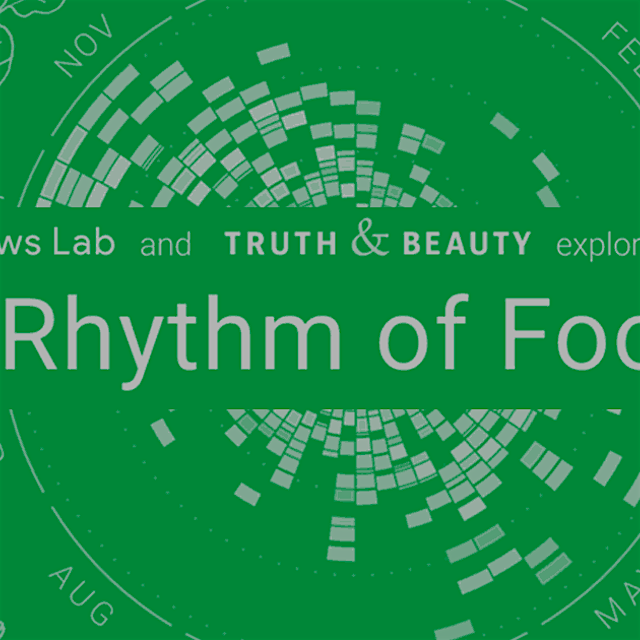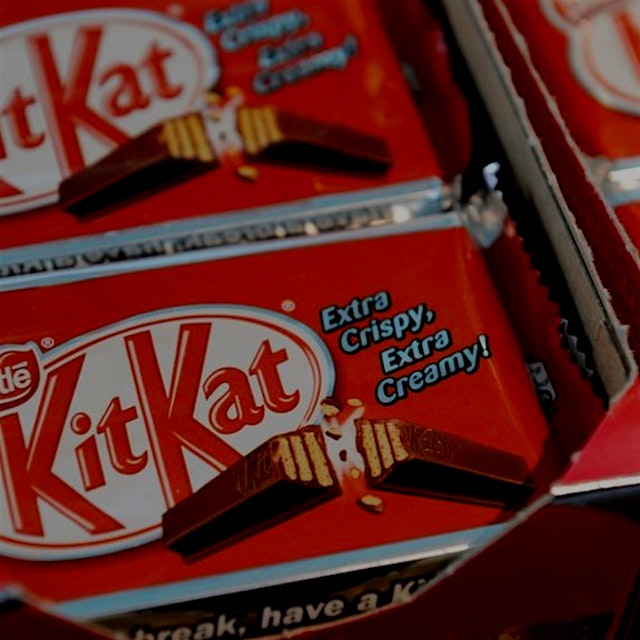Bee Bread — Nordic Food Lab
"by Josh Evans
Honeybees (Apis mellifera) have mastered feats of chemical engineering as
various as they are alchemical. Their most well-known substances are of
course honey, their concentrated, stable, hive-warming energy source, and
wax, their pliable, moisture-proof structural material. Yet there are
others which nowadays are known primarily only to beekeepers and
practitioners of traditional medicines. Propolis (or ‘bee glue’) is used as
a structural sealant and potent antimicrobial agent within the hive and
carries a beautiful resinous aroma. Royal jelly is what all brood—the
immature larvae and pupae—are first fed before being weaned onto honey
(unlike the future queen, who becomes differentiated by being fed only
royal jelly) and it has remarkable moisturising, emulsifying and
stabilising properties. Even the brood are used as food in many cultures
around the world and have a delicate savouriness with hints of raw nuts or
avocado.
Each substance is fascinating in its own right, though pollen is
particularly notable for the transformation it undergoes between its
collection and storage. While bees use honey as their primary energy
source, pollen is whence they derive the rest of their nourishment:
proteins, vitamins, and other vital nutrients. At first glance, bee pollen
seems like quite a straightforward product—in the course of pollinating
thousands of flowers every day, worker bees are repeatedly showered with
grains of pollen, some of which accumulate into granules on the hairs of
their hind legs. This is the pollen most commonly available on the market,
largely because it is relatively easy to gather with a small device
attached to the hive door that knocks the pollen off the returning bees’
legs as they enter.
But the bees do not consume their pollen fresh. Instead, they take it into
the hive and pack the granules into empty comb cells, mixing them with
nectar and digestive fluids and se..."



